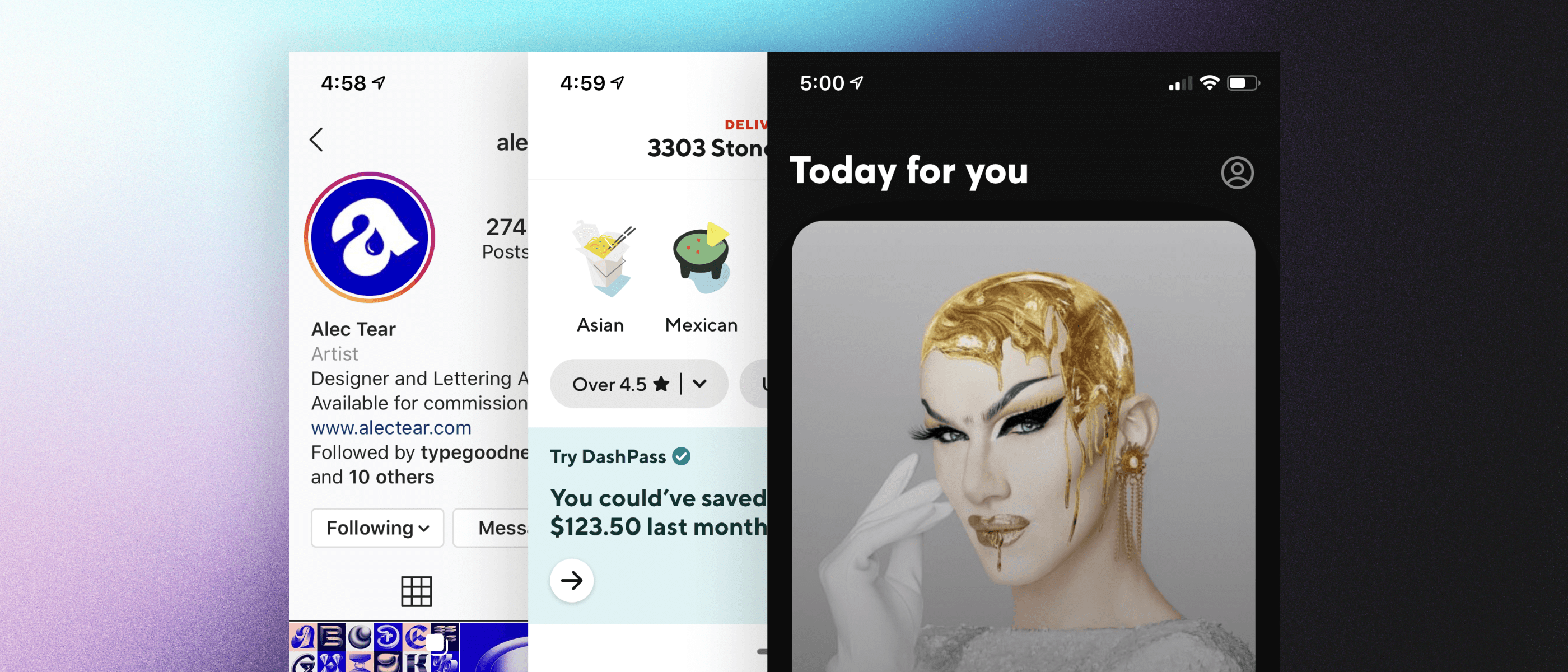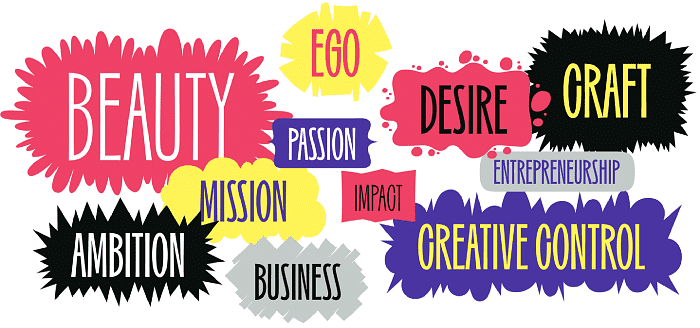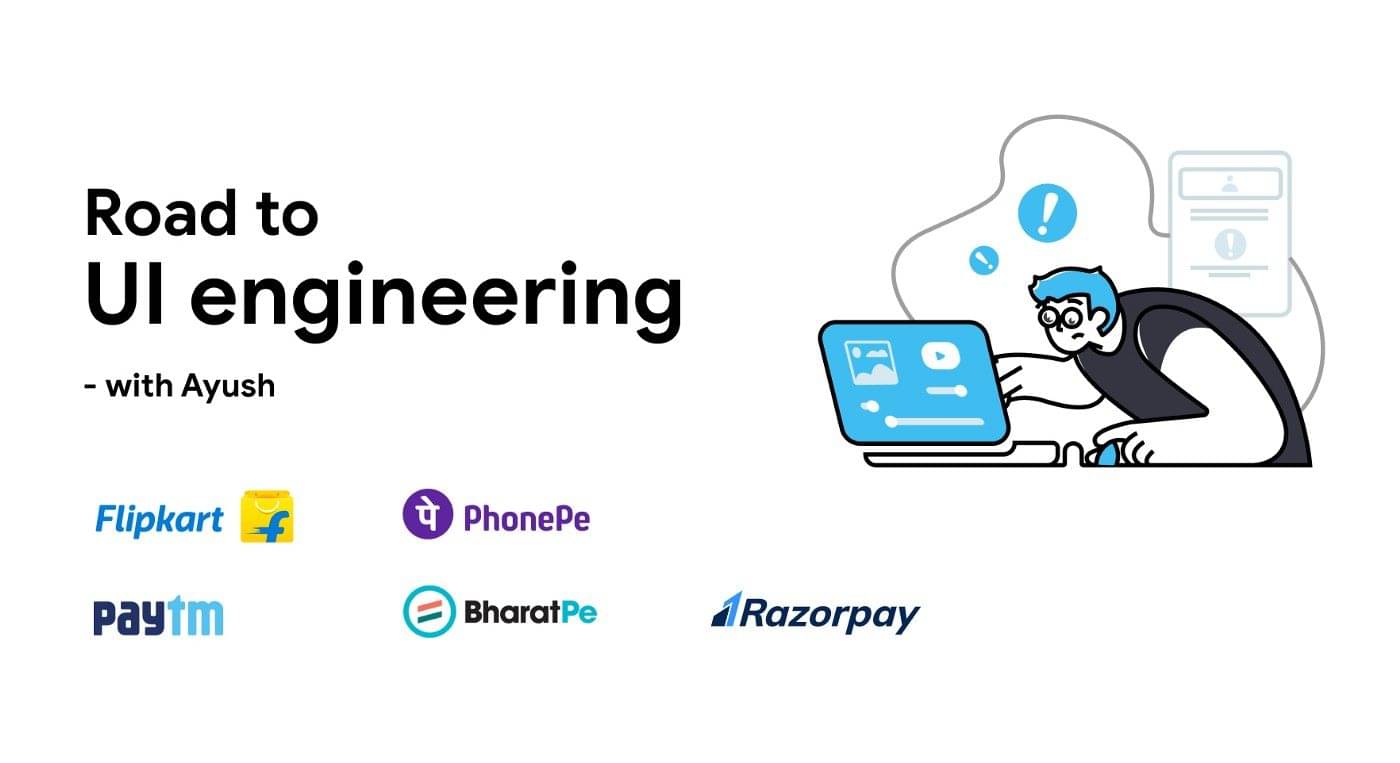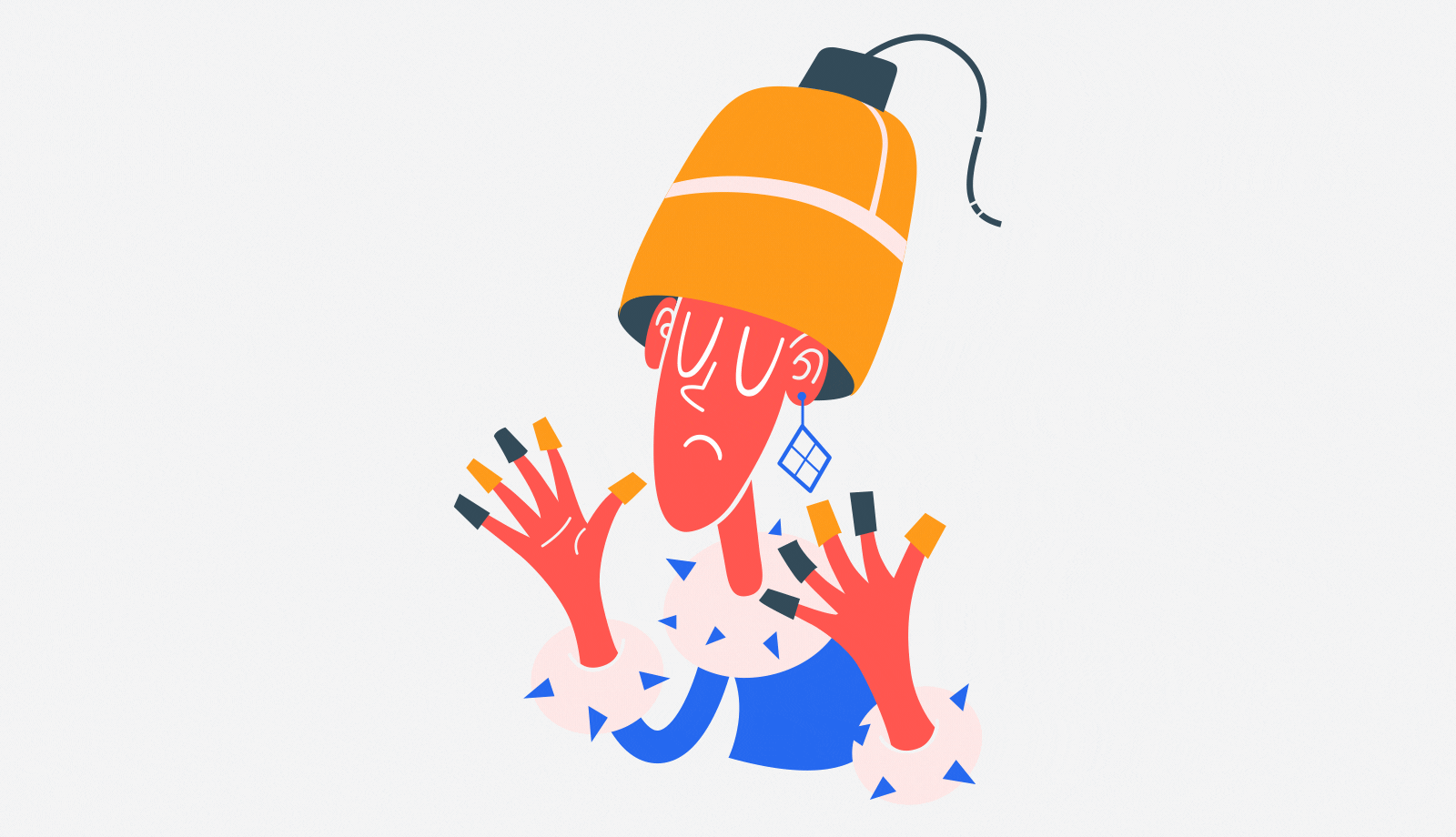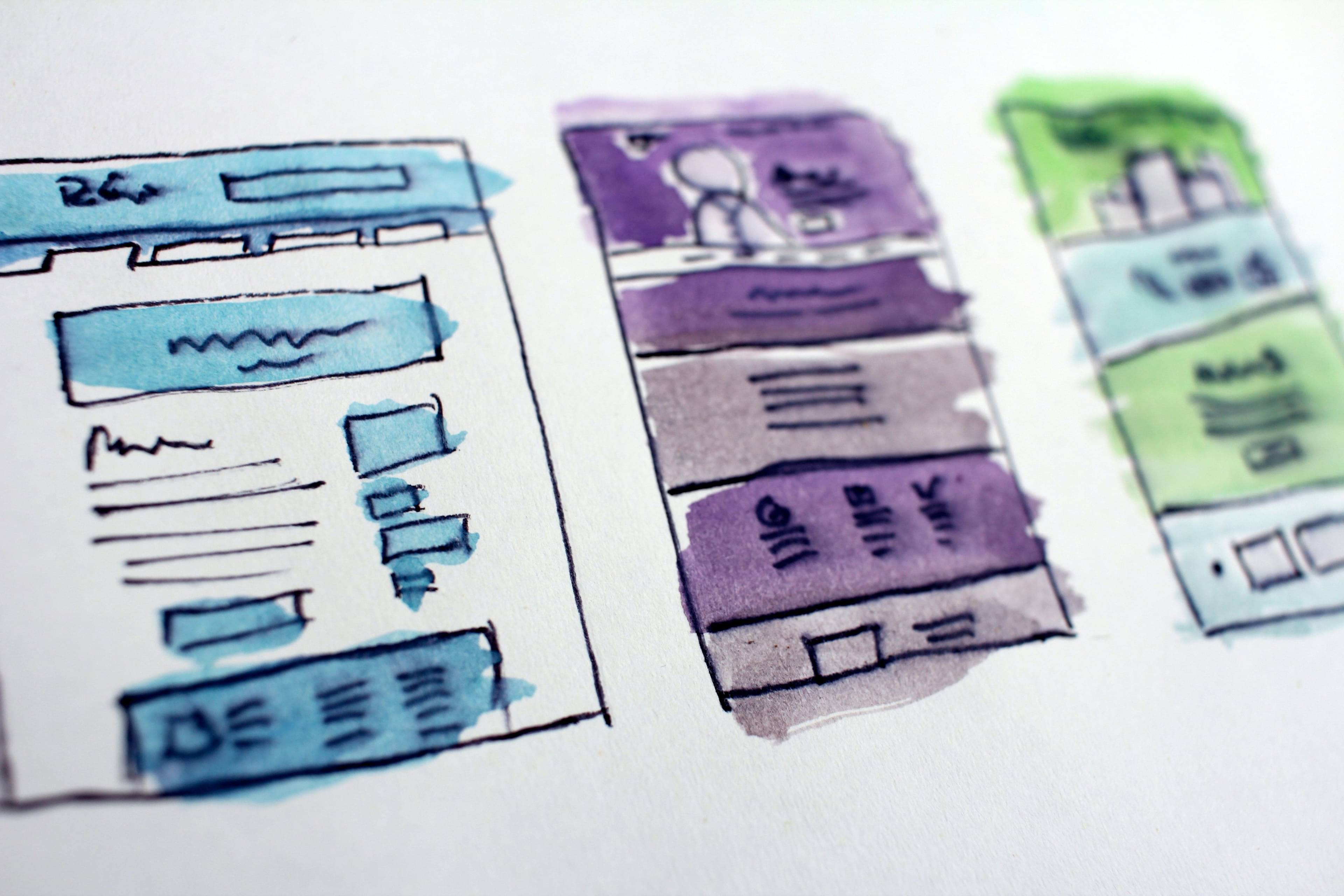We’re living in some weird-ass times. One of the unfortunate results of a global pandemic is loss of jobs and financial security. While people continue to deal with this, the prospect of entering a new field — especially one that’s slightly better equipped to handle these circumstances — may be interesting.
Below, you’ll find a handful of valuable tips for folks looking to enter the fields of Product/User Experience Design. These tips are based on my own experience of transitioning into the field as well as years of mentoring, managing, and hiring designers at companies like Airbnb, Khan Academy, and Big Cartel.
1. Understand the Different Roles
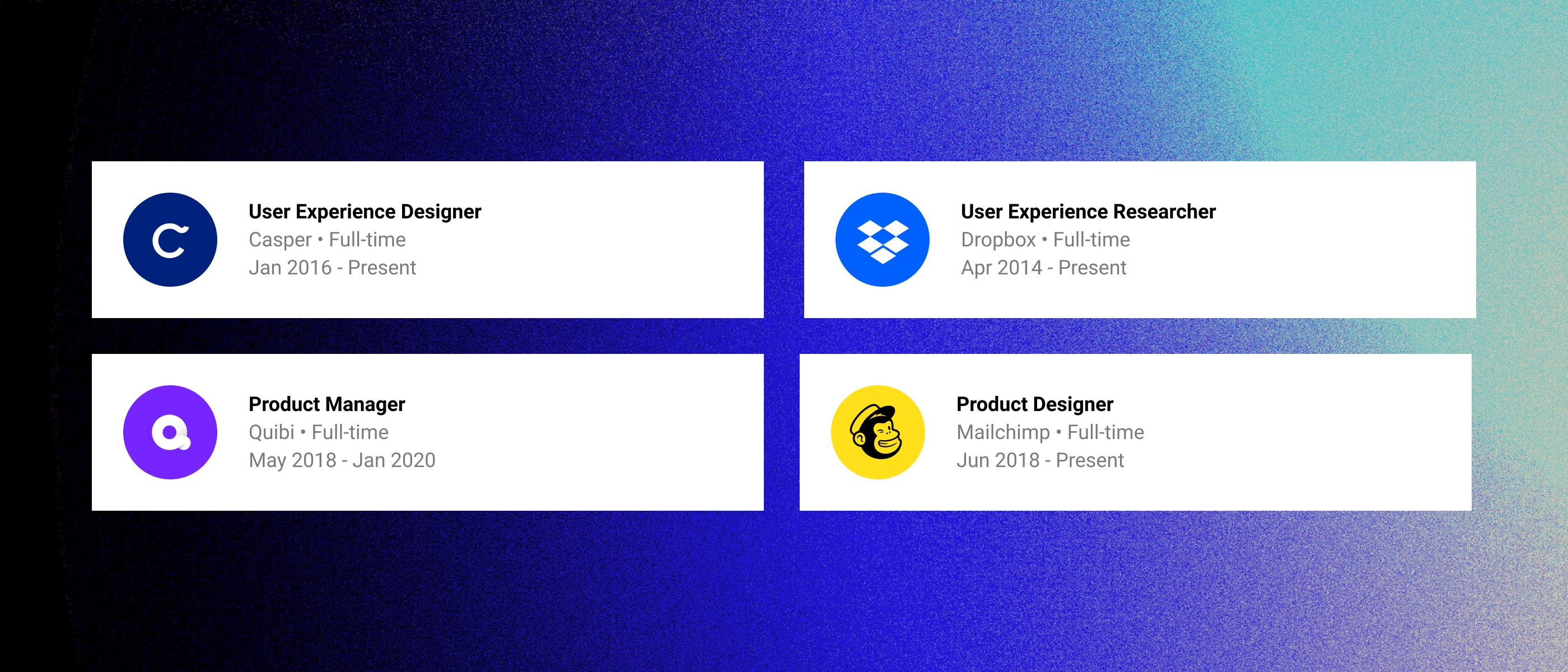
Technology companies can have Brand Designers, User Experience/Product Designers, Motion Designers, Production Designers, User Researchers, and more! Besides design, there’s also Product Management, Software Engineering, Customer Support, and Data Science.
All of these won’t exist at every company, but it’s worth understanding these roles and how they may or may not align with your interests.

Letter
Practical Tip:
- Visit the careers page of any medium or large technology company and see the roles they have available.
- Read the job descriptions to get a sense of what each role is about. This will help you understand which roles best align with your interest. Knowing this helps you better focus your efforts. For example, if your passion is User Research, you probably don’t need to perfect your visual design skills!
- To go one step further, reach out to people on LinkedIn who are in the positions you’re interested in to learn more. This won’t have a great success rate, but it’s low risk/high reward.
2. Focus On Your Craft Early

Fight the urge to perfect your resume, portfolio, or interviewing skills if you haven’t yet devoted enough time to improving your design skills. Your design skill is usually apparent right away and that’s what hiring managers will care most about!
This industry is competitive — take the time needed to get better first. This of course assumes you’ve got the luxury of some other way to earn income as you develop, which isn’t a luxury we’re all afforded.
Practical Tip:
- Screenshot any app or website that’s well-designed (start with Apple Design Award winners). Bring it into your design software of choice and drop the opacity down to ~30%. Recreate the app as precisely as you can atop the original —like digital tracing paper.
- Over time, this will help you understand appropriate type choices, color choices, button sizing, layouts, etc. The more you do this, the better you’ll understand “the rules”. After you know the rules, you can learn which ones to break.
- Apply this same methodology to interaction design by studying popular patterns and recreating them in prototyping apps like InVision, Marvel, or Principle.
3. Own Your Past as a Non-Designer

Design experience is important for a design job, but there’s great value in the experience you’ve gained in your prior career!
Good design teams know that building a diverse team is critical to building successful products. In addition to ethnic and gender diversity — which are most critical — diversity of education, career path, and location is also valued.
Practical Tip:
- Research the role(s) you’re interested in and understand what process they follow. Then, find commonalities between your experience and the new role.
- As a chemist, you learned how to test hypotheses and measure results — something designers do. As a PR expert, you learned to master communication and fight fires — something designers do. As a painter, you learned how to iterate and embrace challenges with your medium — something designers do. As a community organizer you learned to use your passion to rally many people together towards a common goal — something designers do. There are many more examples like this.
4. Find a Mentor
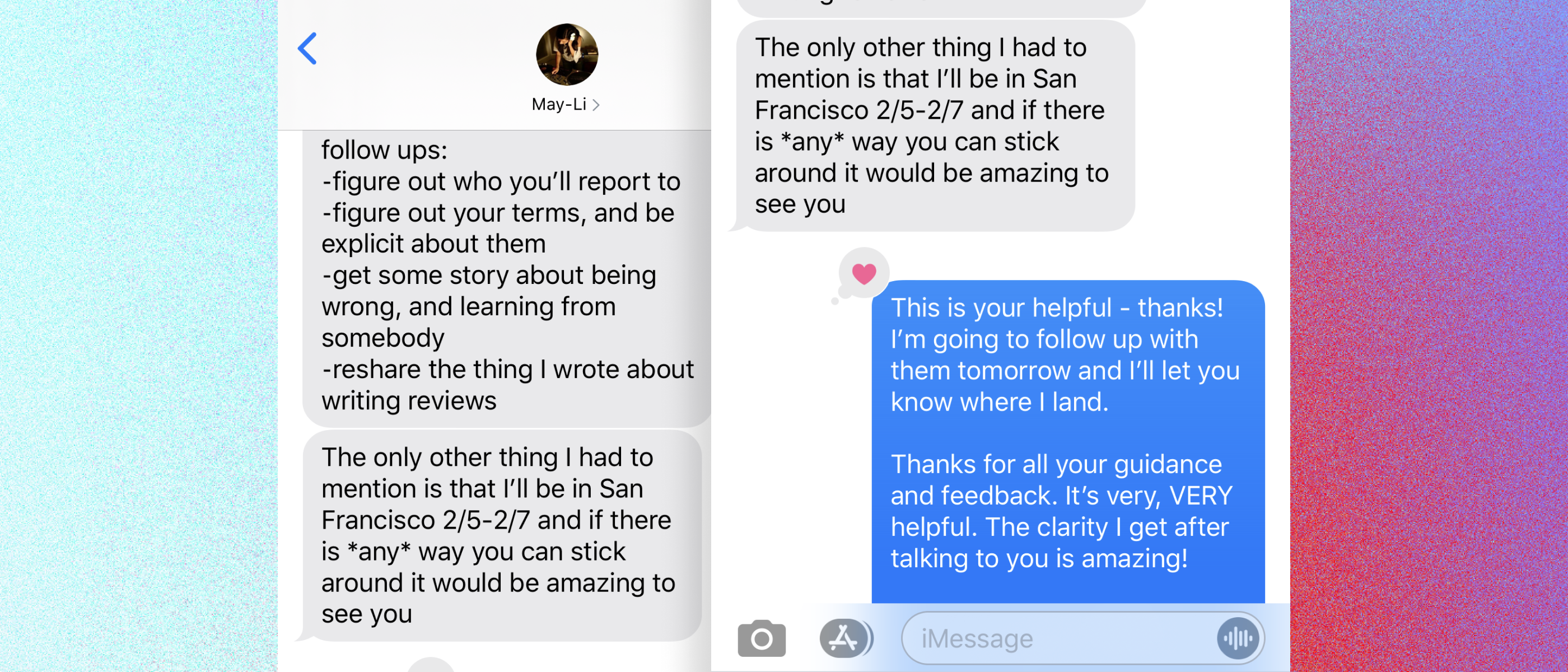
A mentor with professional experience in your desired field can make a huge difference in your career trajectory!
Good mentors can provide all sorts of value for new designers. For example, they can provide feedback on your projects, help you refine your resume and portfolio, connect you to others in the industry, share learnings they’ve had throughout their career, and more. Having a resource like this can be a difference maker when it comes to succeeding.
Practical Tip:
- Start by studying people who are in jobs that are especially intriguing to you or who have the job that you want 5–10 years from now.
- Instead of asking them to be your mentor right away, just ask to have a conversation (kindly and respectfully, of course). From there, you can feel out if the relationship is a good fit.
- Be prepared to ask specific questions and show that you’ve studied them and their path. After the conversation, follow up and keep the door open for continued conversations. More often than not, the responsibility falls on the mentee to create agendas, create discussion prompts, etc. Take it seriously and they will too!
5. Join Design Communities.

Just like having a mentor, it’s useful to have peers you can share with and learn from. Many design communities encourage sharing job postings, giving feedback to one another, and uplifting folks who have been laid off by sharing their portfolios and resumes.
Having access to these resources and to people tackling similar challenges can be super helpful as a newcomer to the industry.
Practical Tip:
- Slack is one of the most useful ways to engage with others in the design community! There are hundreds of different groups ranging from broad to niche, junior to more experienced, etc. Explore these communities and join the ones that feel most relevant. Here’s a good place to start.
- Also consider exploring Facebook and LinkedIn for additional communities, Eventbrite for local and remote events, Dribbble for posting work and getting inspiration, Figma, Sketch, or Adobe XD communities for having tool-specific discussions, and Twitter for general design and technology discourse.
Closing
I hope you find these tips useful as you consider a potential career shift. Here’s some additional thoughts I’ll leave you with:
1. A lot of popular design discourse is dominated by white men. Go out of your way to engage in conversations led by people of color — especially women and non-binary people of color. Their perspectives are invaluable and regularly underrepresented in this field.
2. Communication and storytelling are critical parts of a designer’s job. Read books and articles about this topic to develop your skills here and increase your chances of succeeding.
3. Non-profits and social-good organizations are an incredible place to practice your design skills while also making a positive impact on the world. There are fewer opportunities, but they are well worth searching for. My time at Khan Academy bolstered my personal and professional growth in ways I couldn’t have expected.
4. Research, research, research! This is a critical skill for any designer to develop. While many large companies will have dedicated research resources, most smaller companies won’t. Learn the basics of this as early as possible.
5. I’ve had a number of special relationships with other designers, but I am most thankful for my former manager and forever mentor, May-Li Khoe who is most responsible for how I manage and grow designers. Follow her for lots of great design and non-design stuff!
By Vivek Venkatraman | Design Director at Big Cartel
